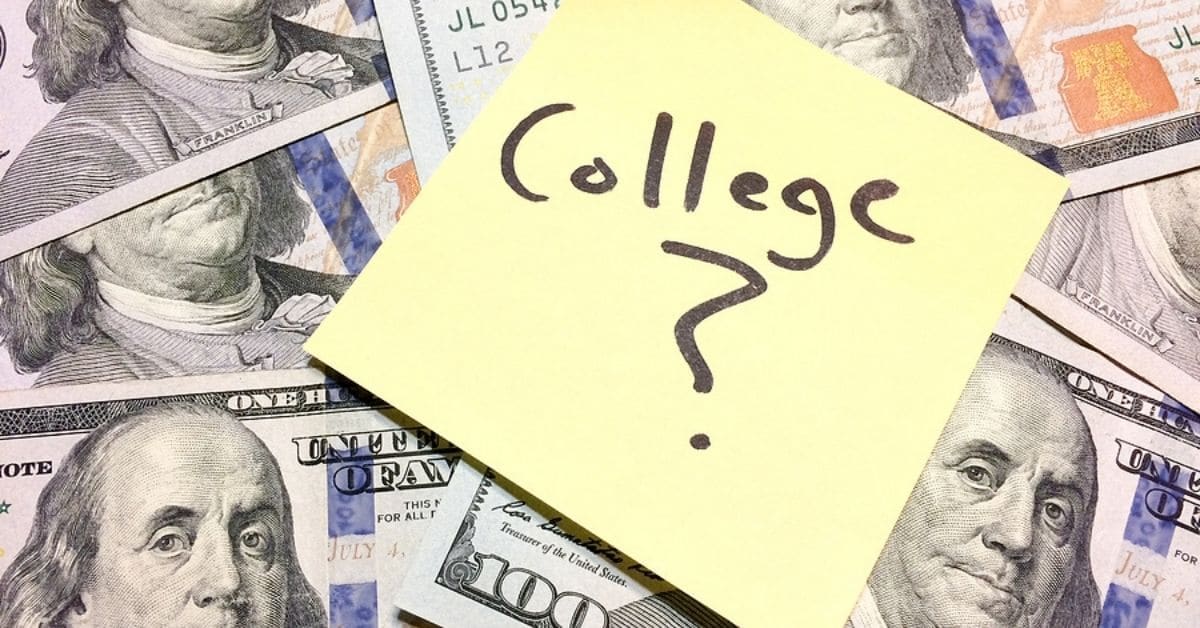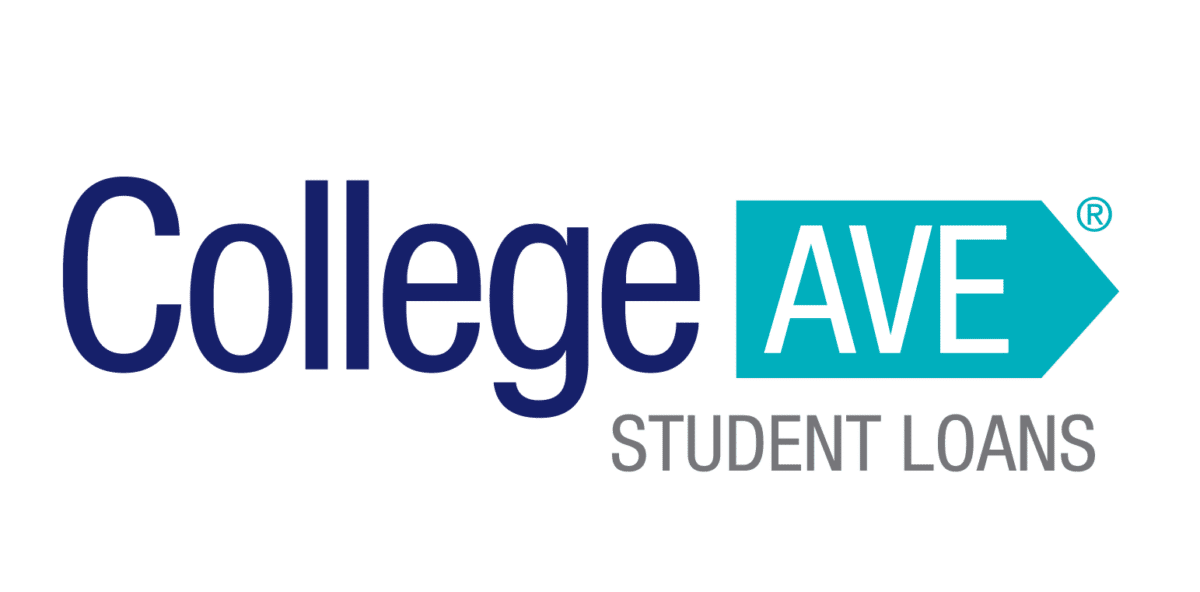
It’s no secret that rising college costs have made pursuing higher education more expensive. College students are often told to pursue grants, scholarships and subsidized loans, first.
Grants and scholarships are like “free money” and subsidized loans are offered to those in financial need and cover the cost of interest while students are in school. However, if you don't qualify for financial aid, you still have options. Here’s how to pay for college without financial aid and cover college tuition.
Step 1: Make sure you filled out FAFSA correctly
If you find out you’re not eligible for financial aid like grants or scholarships, it can be disheartening. First, make sure the information you submitted as part of your Free Application for Federal Student Aid (FAFSA®) is correct.
Ensure that your application is filled out completely, with the right family size and income information. Although you need to demonstrate financial need for types of government aid, like federal grants and subsidized loans, you don’t for unsubsidized loans.
Step 2: See which loans you qualify for
Maybe you don’t qualify for subsidized loans because you don’t meet the financial need thresholds. Your financial need is calculated using the following formula:
Cost of Attendance (COA) − Expected Family Contribution (EFC) = Financial Need.
But you can see which loans you do qualify for as part of your financial aid award package. If you didn’t qualify for grants or subsidized loans, you likely have been approved for unsubsidized loans from the U.S. Department of Education. Your eligibility for these types of loans don’t require you to demonstrate financial aid and are offered to qualifying undergraduate, graduate as well as professional students.
Step 3: Reach out to the financial aid office at the school or your department
If you’re going to a private school for graduate school, you may want to email the department administrator or financial aid office. When I got into NYU, I wasn’t approved for any scholarships or grants.
I emailed the department head of my program saying I was interested in the program but it was very costly and I’d be moving across the country to complete the program.
That one email got me a $5,000 scholarship. This might not work in all situations, but it doesn’t hurt to try.
Step 4: Consider PLUS Loans
There are unsubsidized limits based on what year in school you’re in, and whether you’re considered a dependent or independent student. For example, the annual loan amount limit for unsubsidized loans for first year dependent students is $5,500. For independent students, that goes up to $9,500.
Since tuition costs tend to be higher, you might still need additional student loans to cover the costs of your education.
If you’re considered a dependent undergraduate student, your parents might be able to take out Parent PLUS Loans on your behalf. Your parents would need to undergo a credit check and get approved to take out the loan.
It’s important to note that Parent PLUS Loans have fewer repayment plans available, higher interest rates, and are the sole responsibility of the parent-borrower. Depending on the situation, parents might not want to compromise their retirement to take out these loans.
Graduate students might be eligible for Grad PLUS Loans. Similarly, a credit check is required and you’ll have a higher interest rate. PLUS Loans let you borrow up to the cost of attendance. Since these loans come from the federal government, you get perks like student loan forgiveness and various income-driven repayment options.
Step 5: Look into private student loans with a cosigner
If you’re not eligible for financial aid, like PLUS Loans and have reached your borrowing limit with unsubsidized loans, you’re not totally out of luck. You can look into private student loans that come from a private financial institution, credit union, or online lender. In most cases, private student loans require a cosigner with a good credit score, however, some lenders don’t require a cosigner.
A cosigner is someone who “co-signs” the loan and is held legally responsible for the loan as well. In case the student ends up not paying back the loan, the cosigner is held responsible for the loan.
Unfortunately, private student loans don’t come with the same benefits as federal student loans. Private loan borrowers won’t have access to loan forgiveness and income-driven repayment options.
When looking at private loans, compare interest rates, repayment terms, repayment plans, and any perks unique to that lender. All of these things will affect your loan payments. You can look at lenders like Sallie Mae, Earnest or College Ave.
Step 6: Get a part-time job
If you’re ineligible for financial aid like grants or subsidized loans, you might get offered a work-study program if you can show financial need. Through work-study jobs, you can take a part-time, on-campus or off-campus job that provides additional funds for your cost of living.
If you don’t have a work-study option in your federal financial aid package, you can apply for a part-time job at your school, in your city or online.
Taking on a part-time job or side hustle can help you cover some costs, which can reduce how much you borrow. Alternatively, if you have private student loans, you might pay “interest-only” while in school and reduce the total cost of the loan by lowering the amount you pay in interest.
The bottom line
If you’re not eligible for all types of government assistance, learning how to pay for college without financial aid is essential. The steps above can help you reduce your overall educational costs.
A four-year college degree can be expensive, so you can also consider community college for two years to reduce your overall college expenses. If you need additional support, work with our team on a pre-debt consult to find the most cost-effective student loan options for your personal situation.
| Lender Name | Lender | Offer | Learn more |
|---|---|---|---|
| Sallie Mae |

|
Competitive interest rates.
|
Fixed 4.50 - 15.69%
Variable 6.37 - 16.78%
|
| Earnest |

|
Check eligibility in two minutes.
|
Fixed 4.67 - 16.15%
Variable 5.87 - 18.51%
|
| Ascent |

|
Large autopay discounts.
|
Fixed 4.09 - 14.89%
Variable 6.22 - 15.20%
|
| College Ave |

|
Flexible repayment options.
|
Fixed 4.07 - 15.48%
Variable 5.59 - 16.69%
|
